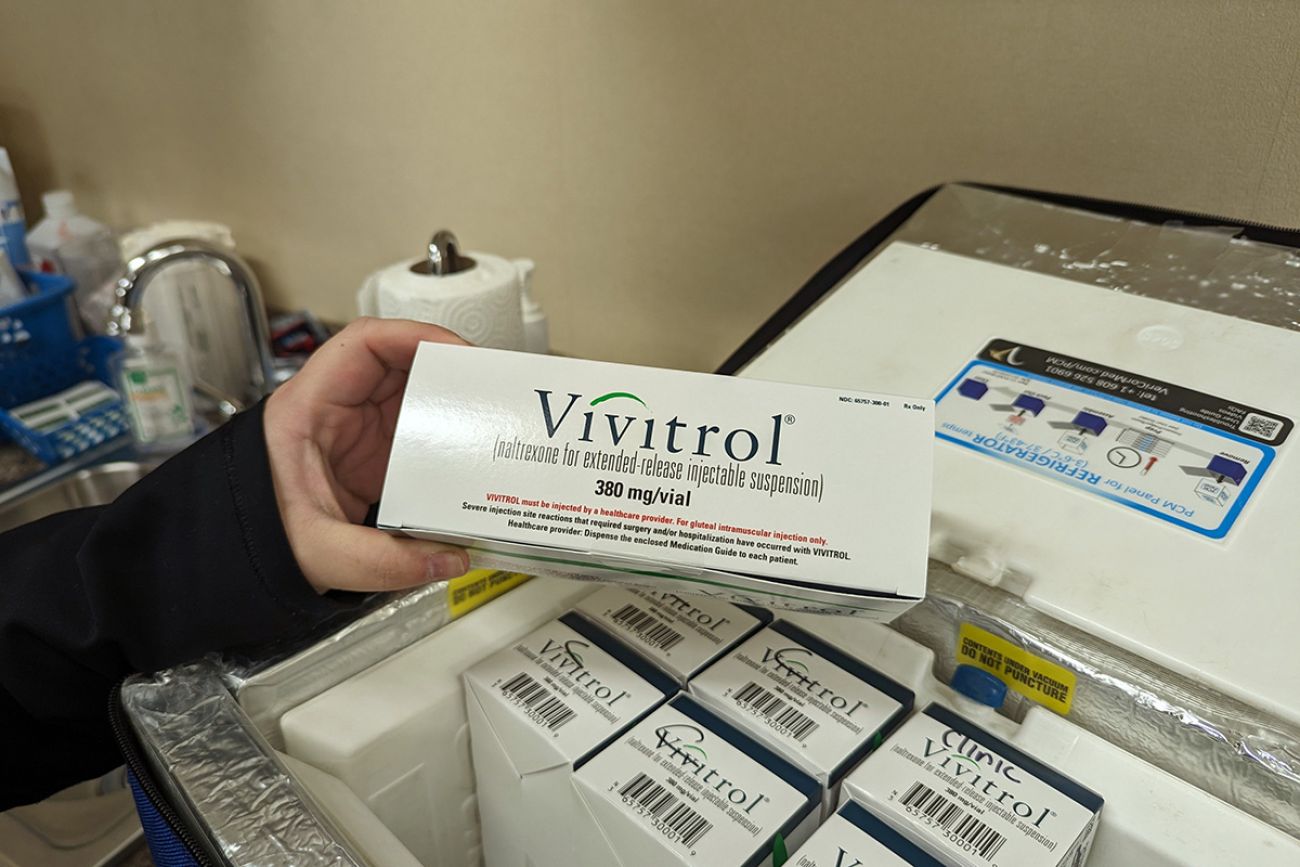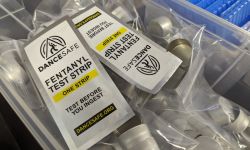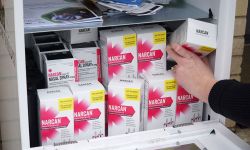Beyond methadone: Trio of drugs treat opioid use disorder

- Methadone, buprenorphine and naltrexone are FDA-approved medications for treating opioid use disorder
- They work by targeting the brain receptors activated by illicit opioids
- Each drug offers unique benefits to addicts, but they also have drawbacks
The U.S. Food and Drug Administration has approved three types of medications to treat opioid use disorder. All target mu receptors of the brain, which are responsible for mood, a sense of well-being, stress and pain. Illicit drug use activates these receptors, creating feelings of euphoria or sleepiness, for example.
- Methadone: The original medication in medication assisted recovery, methadone is an opioid agonist, meaning it fully binds to receptors in the brain that otherwise would be activated by illicit opioids. Methadone, which has been used for opioid use disorder since the early 1970s, blocks the euphoric effects of other opioid drugs and lessens symptoms of opiate withdrawal. Methadone can last a day or more, helping a person avoid the highs and lows of drug-seeking behavior.
Methadone is an opioid.However, it’s prescribed and carefully dosed with medical supervision, so it is safer than illicit drugs. Some people stay on methadone for life; others are able to taper doses. Methadone is generally dispensed daily through methadone clinics, although there are exceptions.
Related:
- There’s a proven way to help kick opioids. Not enough in Michigan use it
- As opioid funds flood Michigan, tensions rise over how best to reverse ODs
- Michigan opioid settlement dollars sit unspent as crisis rages
In Michigan, some providers have begun to establish mobile clinics.
- Buprenorphine Buprenorphine is a partial agonist in that it also binds to a receptor but only partially activates it. Buprenorphine interrupts the way the brain signals pain and other feelings, keeping withdrawal symptoms at bay.
First approved in 2002, it’s available in two forms: in combination with another drug, naloxone (Suboxone, Zubsolv) or on its own (Probuphine, Sublocade or Bunavail). Doctors can prescribe buprenorphine products, which often are thin films that are placed under the tongue.
In Michigan, the state no longer requires Medicaid recipients to receive prior approval from their insurance plan before beginning treatment.
- Naltrexone — Unlike methadone and buprenorphine, naltrexone is not an opioid. It is an opioid antagonist, meaning it covers mu-receptors, but does not activate them. In other words, it blocks the action that would create euphoric effects if the person were to take illicit drugs.
Naltrexone can be given in a pill, in liquid or by a once-monthly injection. It is not addictive, but it also does not treat the symptoms of withdrawal. People taking naltrexone must first withdraw from opioids.
In Michigan, the number of doctors prescribing drugs for recovery doubled in just over four years starting in 2017 — an increase driven primarily by new naltrexone prescribers, according to a 2022 state review of services.
Learn more with this downloadable document by the U.S. Substance Abuse and Mental Health Services Agency or this state review of services.
See what new members are saying about why they donated to Bridge Michigan:
- “In order for this information to be accurate and unbiased it must be underwritten by its readers, not by special interests.” - Larry S.
- “Not many other media sources report on the topics Bridge does.” - Susan B.
- “Your journalism is outstanding and rare these days.” - Mark S.
If you want to ensure the future of nonpartisan, nonprofit Michigan journalism, please become a member today. You, too, will be asked why you donated and maybe we'll feature your quote next time!








